In this video, Cotsen alumna Teri Malpass teaches a 1st Grade math class using “Math Wall” and cognitively guided instruction as students work to solve a word problem. Below you will find the Common Core State Standards addressed, as well as questions to consider while watching the video. Print in bold represents information found in the video.
CCSS.Math.Content.1.OA.A.1 Use addition and subtraction within 20 to solve word problems involving situations of adding to, taking from, putting together, taking apart, and comparing, with unknowns in all positions, e.g., by using objects (use of manipulatives with the first one-one conference), drawings, and equations with a symbol for the unknown number to represent the problem.
CCSS.Math.Content.1.NBT.B.2 Understand that the two digits of a two-digit number represent amounts of tens and ones. Understand the following as special cases: (84… “which number is in the one’s house? The ten’s house?”)
-
- CCSS.Math.Content.1.NBT.B.2a 10 can be thought of as a bundle of ten ones — called a “ten.”
- CCSS.Math.Content.1.NBT.B.2b The numbers from 11 to 19 are composed of a ten and one, two, three, four, five, six, seven, eight, or nine ones.
- CCSS.Math.Content.1.NBT.B.2c The numbers 10, 20, 30, 40, 50, 60, 70, 80, 90 refer to one, two, three, four, five, six, seven, eight, or nine tens (and 0 ones). (“2,4,6,8…it’s the same with 20,40,60,80”)
CCSS.Math.Content.1.NBT.C.4 Add within 100, including adding a two-digit number and a one-digit number, and adding a two-digit number and a multiple of 10, using concrete models or drawings and strategies based on place value, properties of operations, and/or the relationship between addition and subtraction; relate the strategy to a written method and explain the reasoning used. Understand that in adding two-digit numbers, one adds tens and tens, ones and ones; and sometimes it is necessary to compose a ten. (75+9)
CCSS.Math.Content.1.NBT.C.5 Given a two-digit number, mentally find 10 more or 10 less than the number, without having to count; explain the reasoning used. (“What if you added 75 plus 10 more, where would you be?”)
CCSS.Math.Content.1.MD.C.4 Organize, represent, and interpret data with up to three categories; ask and answer questions about the total number of data points, how many in each category, and how many more or less are in one category than in another. (Students’ ability to identify how many total candies, how many with nuts, and how many without)
Questions:
- How does the teacher’s use of questioning during the one-one conferences encourage or elicit thoughtful responses or reveal student thinking?
- What practices do you see that promote or have resulted in student autonomy?
- What do you see or hear during the one-one conferences that suggests a deep level of understanding?
- If the lesson appears to be above standard, what student behaviors indicate that the content is appropriate for the students?
- How would you describe the differentiation that you observe in the Problem of the Day? How does the differentiation affect student engagement?

